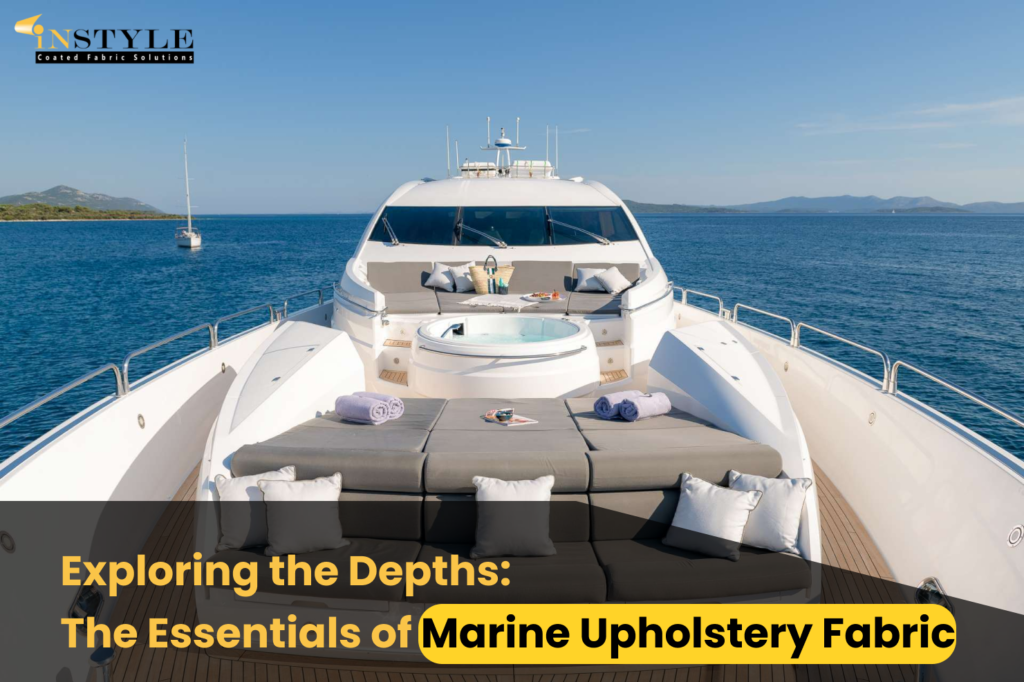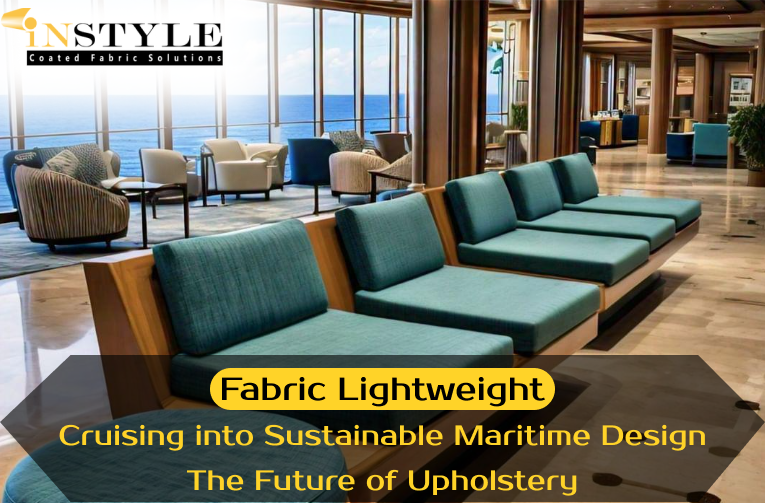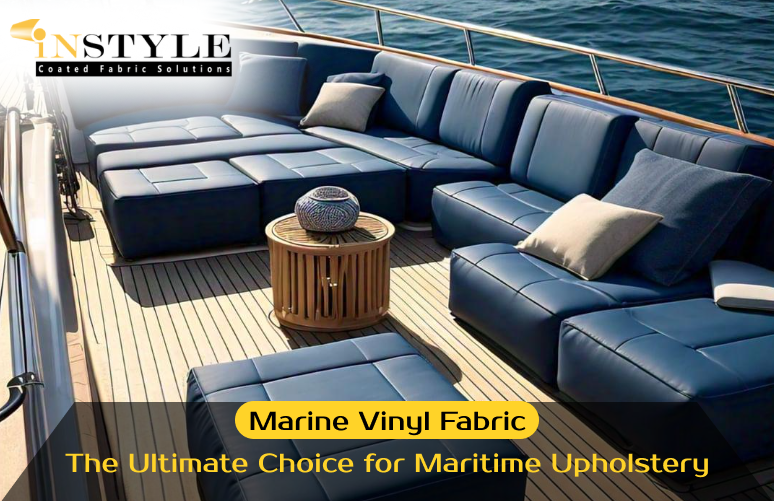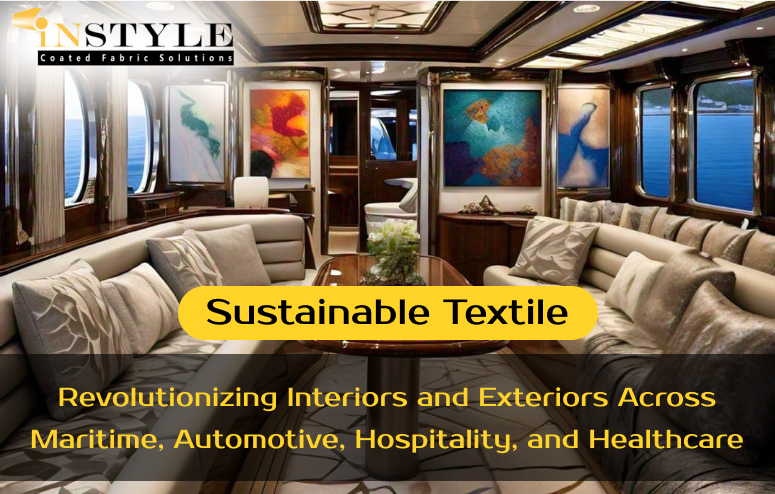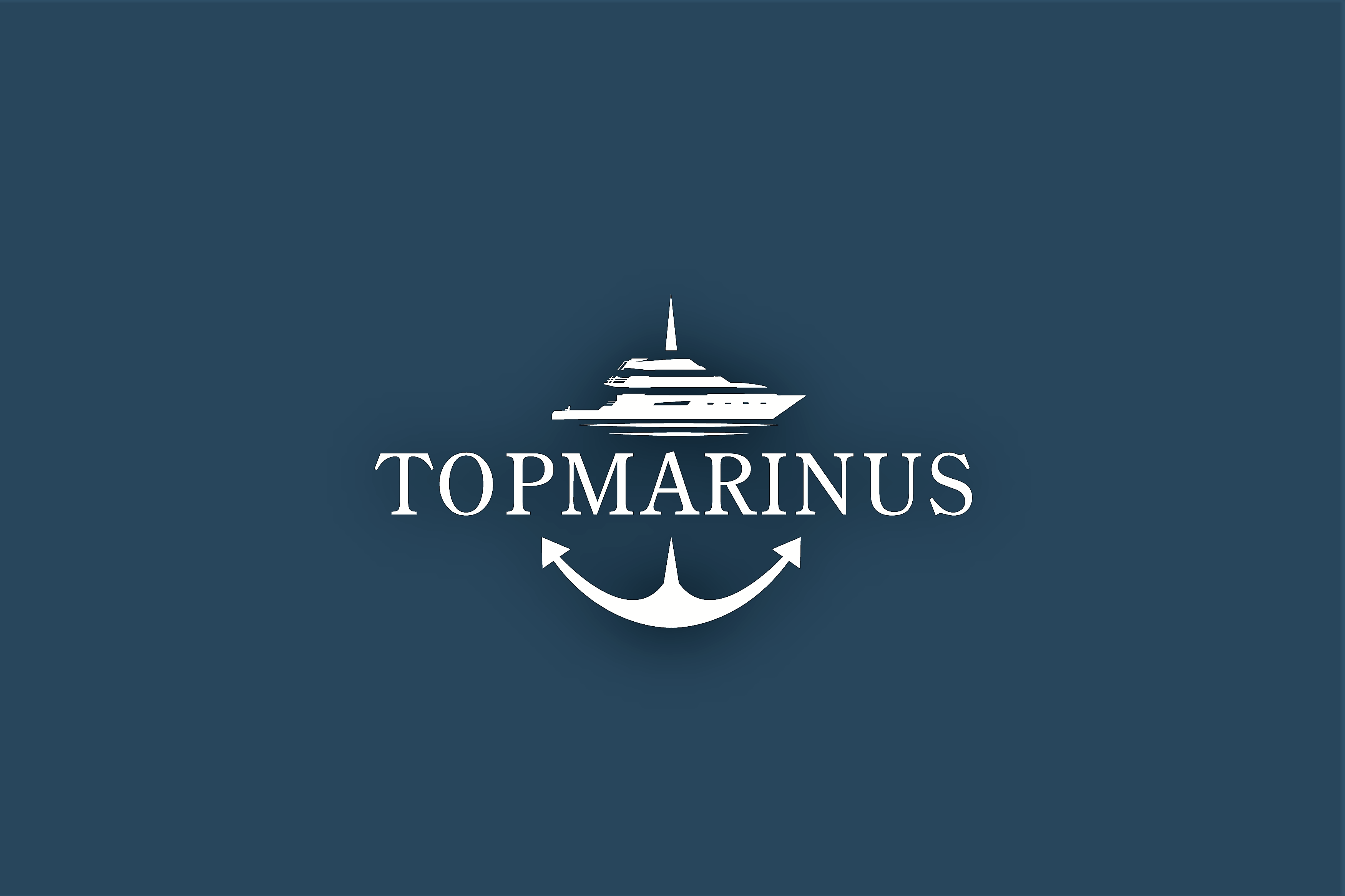Introduction:
Embarking on a maritime adventure, whether cruising the open seas or navigating tranquil lakes, demands more than just a sturdy vessel. Ensuring comfort and durability in the marine environment requires meticulous attention to detail, particularly when it comes to selecting the right upholstery fabric. In this comprehensive guide, we dive into the depths of marine upholstery fabric, exploring its characteristics, considerations, and top picks for the discerning sailor.
Understanding Marine Upholstery Fabric:
Marine upholstery fabric is purpose-built to withstand the rigors of life at sea. Unlike traditional upholstery materials, marine-grade fabrics are engineered to resist fading, mold, mildew, and the corrosive effects of saltwater exposure. These fabrics undergo rigorous testing to ensure they meet stringent marine industry standards, making them ideal for boat interiors, outdoor furniture on deck, and other marine applications.
Characteristics of High-Quality Marine Fabric:
- Water Resistance: It should have excellent water resistance to prevent moisture absorption, which can lead to mold and mildew growth. Look for fabrics treated with water-repellent coatings or constructed from inherently water-resistant materials like vinyl or solution-dyed acrylic.
- UV Stability: Exposure to sunlight is inevitable on the open water, making UV stability a crucial characteristic of marine fabric. Fabrics with UV inhibitors resist fading and degradation, preserving their color and structural integrity over time.
- Mold and Mildew Resistance: The damp marine environment creates an ideal breeding ground for mold and mildew. Opt for fabrics treated with antimicrobial agents or those inherently resistant to mold and mildew growth, such as solution-dyed acrylic or vinyl.
- Abrasion Resistance: Constant exposure to saltwater, wind, and abrasion from use demands marine upholstery fabric with exceptional durability. Fabrics with high abrasion resistance ensure longevity and maintain their appearance even under heavy wear.
Considerations When Choosing Marine Fabric:
- Application: Consider where the fabric will be used on your vessel. Different areas, such as indoor seating, outdoor cushions, or bimini tops, may require specific fabric characteristics to perform optimally.
- Color and Style: While functionality is paramount, aesthetics also play a significant role in marine upholstery fabric selection. Choose colors and patterns that complement your vessel’s design aesthetic while ensuring they won’t fade or degrade over time.
- Maintenance: Ease of cleaning and maintenance is essential for keeping your marine upholstery looking its best. Select fabrics that can be easily cleaned with mild soap and water or are machine washable for convenience.
Top Picks for Marine Fabric:
Marine Vinyl Fabric: Vinyl upholstery fabric is highly durable, water-resistant, and easy to clean, making it ideal for boat interiors and outdoor applications. Marine vinyl comes in a variety of textures and colors, providing versatility and style. Its ability to withstand the harsh marine environment makes it a top choice for marine upholstery projects. Additionally, many marine vinyl fabrics are now manufactured using eco-friendly materials and processes, prioritizing sustainability without compromising performance. Whether you’re outfitting your boat’s seating or upgrading outdoor cushions, marine vinyl fabric offers reliability, performance, and environmental responsibility in challenging conditions.
Conclusion:
Investing in high-quality marine upholstery fabric is essential for ensuring comfort, durability, and style on the water. By understanding the characteristics and considerations of marine fabric and selecting from top-quality options, you can outfit your vessel with upholstery that withstands the elements and enhances your boating experience for years to come.

